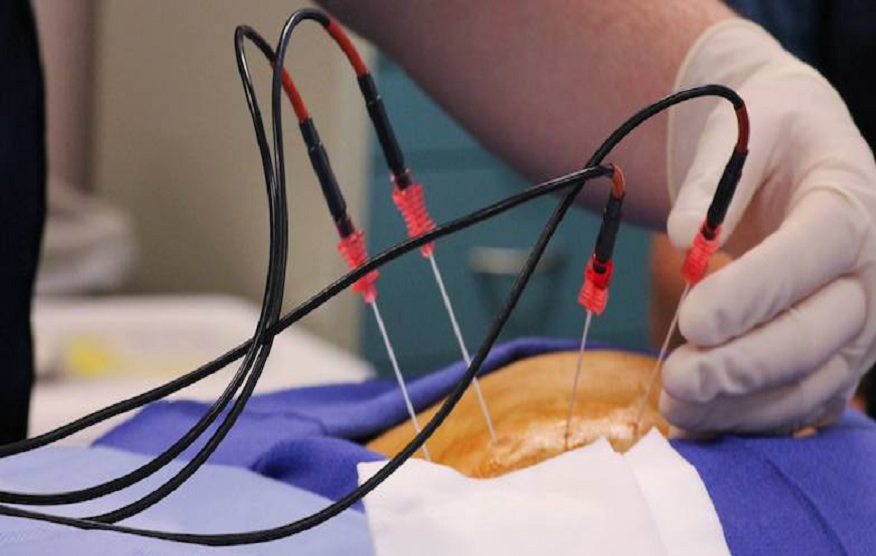Radiofrequency ablation (RFA), also known as rhizotomy, is a contemporary pain management technique that uses radiofrequency waves to destroy pain signals in specific nerves. Facet joints that cause chronic neck or lower back discomfort, as well as sacroiliac joints that contribute to chronic low back pain, are typically targeted with this technique. Facet joints are related to pain signals to the spine and brain via medial branch nerves, whereas sacroiliac joints, located between the sacrum and ilium, are associated with signals to other body areas. Visit this page for more information on woodstock radiofrequency ablation.
RFA has broader uses, including the treatment of pain caused by pancreatic and ovarian cancer as well as facial pain caused by trigeminal neuralgia.
What do you need to do to prepare?
Plan ahead of time for transportation because you will be unable to drive following the surgery. Fast beginning at midnight, with the exception of a tiny amount of water for medication. If you have diabetes, alter your insulin dosage and bring your prescription. Consult your doctor about blood thinner and antiplatelet drug changes. Other drugs should be taken with a drink of water and brought with you. Make no modifications to your medications without first consulting your main or referring doctor.
What is the procedure like?
RFA is a non-anesthetic, minimally invasive technique. A sedative may be provided by IV while you are laying on your stomach or side. Your doctor will numb a tiny region before inserting a radiofrequency needle near certain nerves using X-ray guidance. An electrical current may cause temporary discomfort. More anesthesia is applied after checking the position, and you may feel warmth or nothing at all during the surgery. The time varies (one to two hours) depending on the treatment site and the number of sessions.
Final thoughts:
Expect some pain in the treated area for a few days after the treatment. While problems such as infection, hemorrhage, or nerve injury are uncommon, RFA’s effectiveness normally lasts three to twelve months, with nerve regeneration occasionally resulting in a return of joint discomfort.
In the treated area, you may notice little skin numbness. Use ice packs intermittently after RFA for pain and swelling, alternating 15 to 20 minutes of usage with a two-hour interval to avoid skin harm. Heat packs should be avoided at the injection site. For the first 1 to 2 days after the surgery, take warm showers rather than baths.



